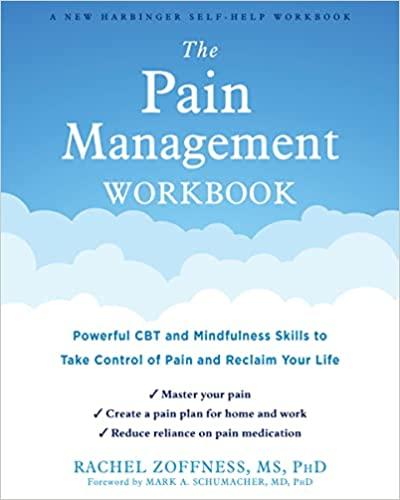Question
I. Using Arena, complete the simulation of the following problems (show all your work, step by step, please show how to create the entities and
I. Using Arena, complete the simulation of the following problems (show all your work, step by step, please show how to create the entities and resources, what to write in each step, how to connect them, also how to define the arrival process and processing times) SHOW ALL OF THE STEPS PLEASE/ SOLVE BOTH PROBLEMS
1. A company manufactures textiles in 3 different colors (green, light blue, and yellow). The fabrics arrive at the coloring department in an exponentially distributed time with an average of 4 minutes. The probability of requiring the colors green, light blue, and yellow is 45%, 30%, and 25% respectively. After coloring, the fabrics are inspected for a time that varies uniformly between 3 and 4 minutes. If the color is not homogeneous, they return to the coloring department to be reprocessed. The coloring station is staffed by two operators and the inspection station is staffed by an inspector. The time required for coloring fabrics is uniformly distributed between 4 and 8, 5 and 9, and 6 and 10 minutes for green, light blue, and yellow respectively. The rejection probability is 30%, 25%, and 20% for green, light blue, and yellow, respectively. Products that need to be colored will have a higher priority and in the following order: first yellow, then light blue and finally green. Differentiate reprocessed textiles. Record the number of reprocessed fabrics of each color type. Simulate for 4 hours.
2. Exponential arrival of people with an average of 1 minute to be seen in a medical center, usually presenting three types of illnesses (all with the same probability). At reception, one of the two receptionists checks you in (exponential time but in minutes) and you go to a general practitioner's room, choosing the one with the fewest people. There are three general practitioners. Care in which a GP lasts a uniform distribution between 3 and 5 minutes. At the end of this consultation, it is determined whether the patient should go to a specialist or if they have already left. 45% require a visit to a specialist. There is a specialist for every type of illness. Care where the specialist lasts a uniform distribution between 7 and 9 minutes. After seeing the specialist, the patient returns to the GP with an indication of whether they should be hospitalized. 35% of patients who come to the specialist are usually hospitalized. After this second consultation, patients are removed or hospitalized as indicated by the specialist. Record and visualize the number of people hospitalized by type of illness. Simulate for 3 hours.
For each of the problems obtain the report from Arena, and interpret the following: o Cycle time: This is the average time it takes for an entity to traverse the entire system, from entry to exit. o Resource utilization: This is essential to ensure that resources (e.g., machines, workers) are used efficiently. o Queue lengths: Keeping track of queue lengths at different points in the system is crucial to identify congestion and potential delays.
Step by Step Solution
There are 3 Steps involved in it
Step: 1

Get Instant Access to Expert-Tailored Solutions
See step-by-step solutions with expert insights and AI powered tools for academic success
Step: 2

Step: 3

Ace Your Homework with AI
Get the answers you need in no time with our AI-driven, step-by-step assistance
Get Started


